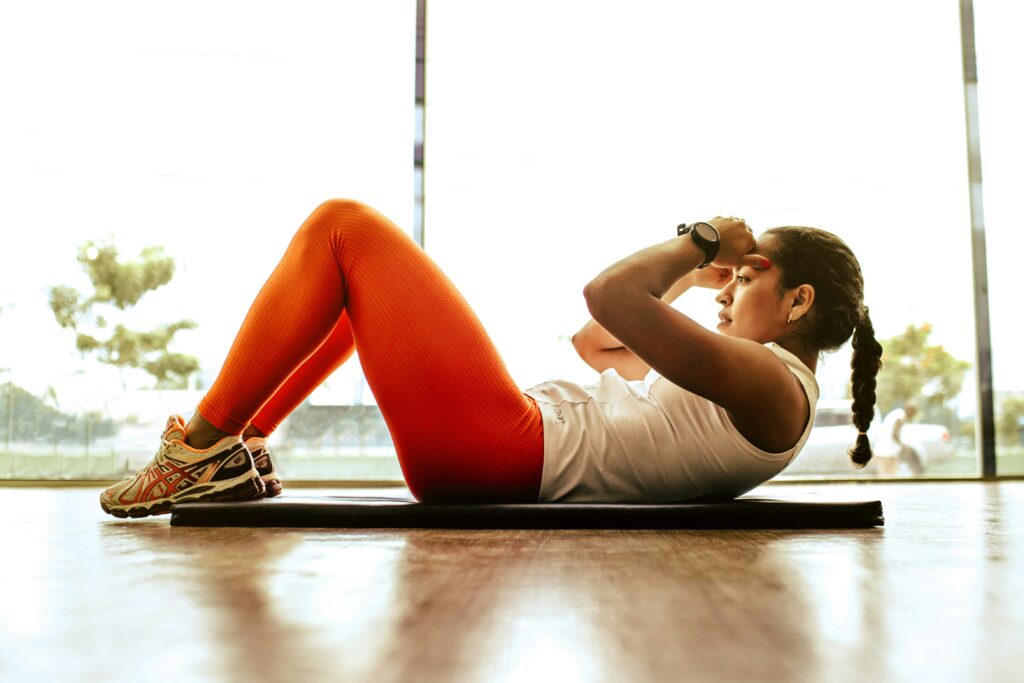Fitness & Exercise

The Importance of Physical Activity
Regular exercise is a key component of a healthy lifestyle. It improves cardiovascular health, strengthens muscles, enhances flexibility, and supports mental well-being. Whether you aim to lose weight, build strength, or maintain overall health, incorporating consistent physical activity into your routine can significantly enhance your quality of life.

Strength Training vs. Cardio:
Both strength training and cardiovascular exercise play crucial roles in fitness:
- Strength Training: Involves weight lifting, resistance exercises, and bodyweight movements. Benefits include increased muscle mass, improved metabolism, and stronger bones.
- Cardiovascular Exercise: Activities like running, cycling, swimming, and brisk walking improve heart health, endurance, and calorie burning.
- Balanced Approach: Combining both types of exercise leads to optimal fitness, as cardio enhances heart health while strength training builds muscle and prevents injury.

Home Workouts for All Levels:
Working out at home is a convenient and effective way to stay fit. Here are exercises for different fitness levels:
- Beginner: Bodyweight squats, knee push-ups, step-ups, and light stretching.
- Intermediate: Dumbbell exercises, jump squats, plank variations, and lunges.
- Advanced: High-intensity interval training (HIIT), resistance band workouts, pull-ups, and advanced yoga poses.
- No Equipment? No Problem! Exercises like burpees, jumping jacks, and core workouts require no equipment and can be done anywhere.

Yoga and Meditation:
Yoga and meditation improve both physical and mental well-being:
- Yoga: Enhances flexibility, strength, and balance while reducing stress. Styles include Hatha, Vinyasa, and Power Yoga.
- Meditation: Helps with relaxation, mindfulness, and mental clarity. Practicing even 10 minutes a day can significantly reduce stress levels.
- Combining Both: Many fitness routines integrate yoga and meditation for a holistic approach to health.

Workout Recovery and Injury Prevention:
Recovery is just as important as the workout itself. Key practices include:
- Stretching: Helps maintain flexibility and prevent stiffness.
- Hydration: Drinking enough water aids muscle function and reduces cramping.
- Rest Days: Essential for muscle recovery and injury prevention.
- Foam Rolling: Reduces soreness and improves mobility.
- Proper Form: Ensuring correct exercise technique prevents strain and long-term injuries.

Best Exercises for Different Age Groups:
Fitness needs change with age, and workouts should be tailored accordingly:
- Teens & Young Adults: High-intensity workouts, strength training, and sports activities for endurance and muscle building.
- 30s & 40s: A mix of strength training, moderate cardio, and flexibility exercises to maintain metabolism and mobility.
- 50s & 60s: Low-impact exercises like swimming, brisk walking, and resistance band workouts to protect joints and maintain strength.
- Seniors (70+): Light strength training, stretching, balance exercises, and chair yoga to support mobility and prevent falls.
Conclusion:
Fitness and exercise are essential for physical and mental well-being. By incorporating strength training, cardio, yoga, and proper recovery techniques, individuals can build a sustainable and effective fitness routine. Tailoring workouts to different age groups ensures long-term health benefits and improved quality of life.
